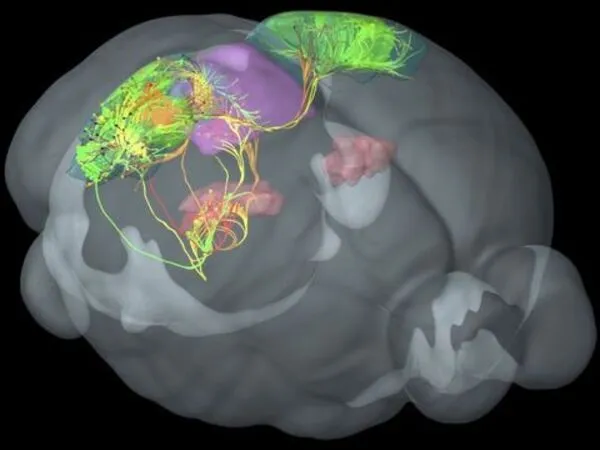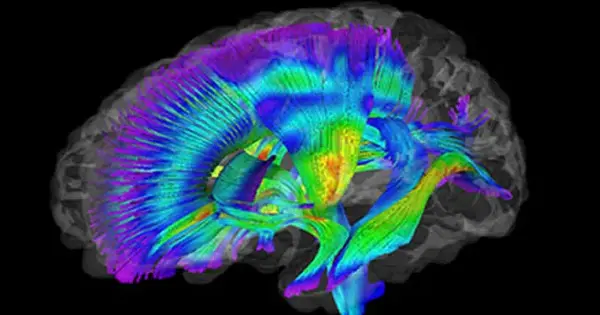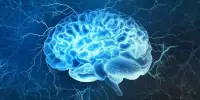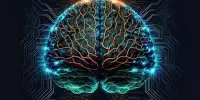Autism spectrum disorder (ASD) is a complex and multifaceted syndrome that may be caused by a variety of genetic and environmental factors. Researchers have been investigating different facets of autism, including its neurological roots, and have discovered a plethora of potential risk factors and routes.
According to a new Yale-led study, two distinct neurodevelopmental abnormalities that emerge just weeks after brain development begins have been linked to the emergence of autism spectrum disorder.
According to the researchers, the specific anomalies appear to be governed by the size of the child’s brain, which could assist doctors and researchers in diagnosing and treating autism in the future. Nature Neuroscience reported the study’s findings.
“It’s amazing that children with the same symptoms end up with two distinct forms of altered neural networks,” said Dr. Flora Vaccarino, the Harris Professor in the Child Study Center at Yale School of Medicine and the paper’s co-senior author.
It’s amazing that children with the same symptoms end up with two distinct forms of altered neural networks.
Dr. Flora Vaccarino
A Yale researcher developed brain organoids (small, three-dimensional copies of the developing brain) in a lab dish using stem cells obtained from 13 boys diagnosed with autism, including eight boys with macrocephaly, a disease in which the head is enlarged. They then matched the brain development of these youngsters to that of their dads. (Patients were recruited by clinician colleagues at the Yale Child Study Center, which undertakes research, care, and education to better understand of health concerns affecting children and their families.)
The study was co-led by Alexandre Jourdon, Feinan Wu, and Jessica Mariani, all from Vaccarino’s lab at the Yale School of Medicine. About 20% of autism cases involve individuals with microcephaly, a condition in which a child’s head size is in the 90th percentile or greater at birth. Among autism cases, these tend to be more severe.

Intriguingly, the researchers found that children with autism and macrocephaly exhibited excessive growth of excitatory neurons compared with their fathers while organoids of other children with autism showed a deficit of the same type of neurons.
The ability to follow the formation of specific types of neurons could aid clinicians in the diagnosis of autism, which typically manifests itself 18 to 24 months after birth, according to the scientists.
The findings may also aid in the identification of autism patients who may benefit from existing medications targeted to alleviate symptoms of illnesses characterized by excessive excitatory neuron activity, such as epilepsy, according to Vaccarino. Patients with autism who have macrocephaly may benefit from such medications, whereas those who do not have bigger brains may not, she says.
Creating biobanks of patient-derived stem cells may be required to adapt therapies to specific individuals, or to practice personalized medicine.
















